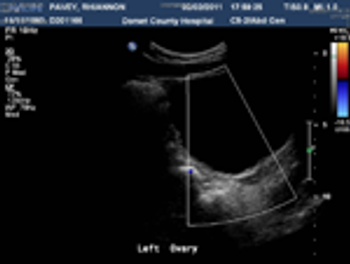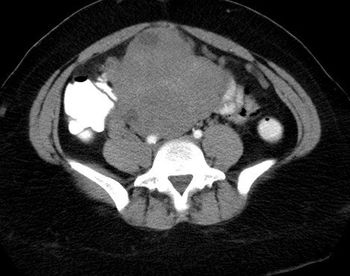
More than half of the 600,000 hysterectomies performed in the 1900s involved bilateral salpingo-oophorectomy, and it has been estimated that many of those were performed solely to reduce the risk for ovarian cancer. While there has been increased knowledge in the risk in women with familial history, a knowledge gap still exists for other women, which could lead them down the path of potentially unnecessary surgery




